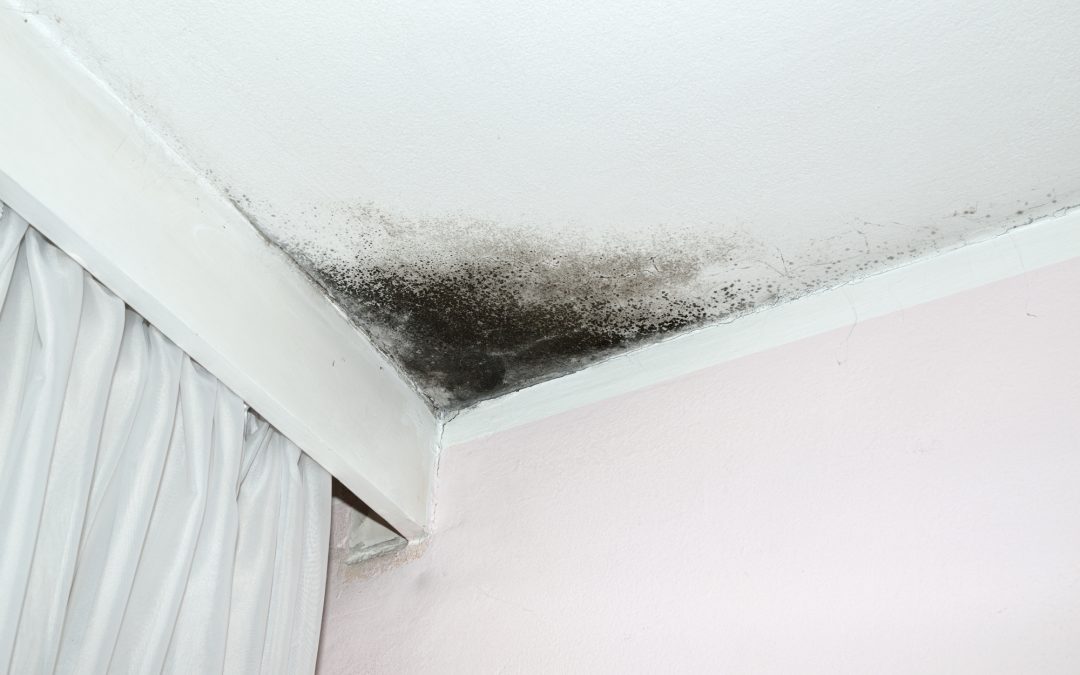With over 100,000 different types of mold in the world, the nasty fungus is something you’re likely to encounter in your day-to-day life.
Mold grows in dark, hot, and damp places. Since moisture is so crucial for its growth, a lot of people think drying out the area is enough to get rid of the mold.
But does mold die when it dries out? Keep reading to learn more.
How Does Mold Grow?
Mold is a type of fungus. This means it is a living thing, so it needs water and a food source. Mold likes organic materials like wood, which is why you find it in furniture and on walls.
Mold is also light and cold-sensitive, so it prefers to grow in dark and warm spaces. If there’s a leak in a basement or roof, there’s a good chance mold is growing nearby.
As mold grows, it takes up more space. Once it reaches a certain maturity, it releases spores, which travel through the air and take hold in new locations.
Is Mold Dangerous?
Exposure to mold has a few health risks. People with sensitivity to mold often suffer from skin and sinus problems, like rashes, stuffy noses, itchy eyes and skin, and more.
In extreme cases, mold exposure can even lead to breathing and neurological problems.
Does Mold Die When It Dries Out?
So, if mold needs water to grow, that gives us a new question: does mold die without moisture? No, it does not. But it does stop reproducing.
Mold goes dormant when it doesn’t have water. But, if moisture is reintroduced to the area, it will reactivate and continue growing again.
But starving the area of moisture is a good start. You can manipulate your home’s humidity level to prevent mold growth. A humidity level of 30% to 50% is best.
You can also make use of fans and dehumidifiers to bring down the humidity levels.
Is Dry Mold Dangerous?
Mold spores are still present even when the mold is inactive. This means all the same health risks of mold exposure still apply.
And if you leave the dry mold, there’s a chance it will reactivate as soon as there’s enough moisture for it. And once this happens, the mold will start growing and releasing more spores again, increasing the risk even further.
That’s why it’s better to get rid of mold completely. Even though it stops growing, it doesn’t mean it’s not dangerous. Keep your home and business free from mold with regular mold inspections.
Removing All Forms of Mold
So, does mold die when it dries out? No. It does become inactive, which is at least a partial improvement.
However, dry mold still carries the same health risks as active mold. So drying out the mold is a good first step to limit it from spreading, but you’ve still got to go through the mold removal process to be safe.
Contact us for all your mold inspecting and testing needs!

